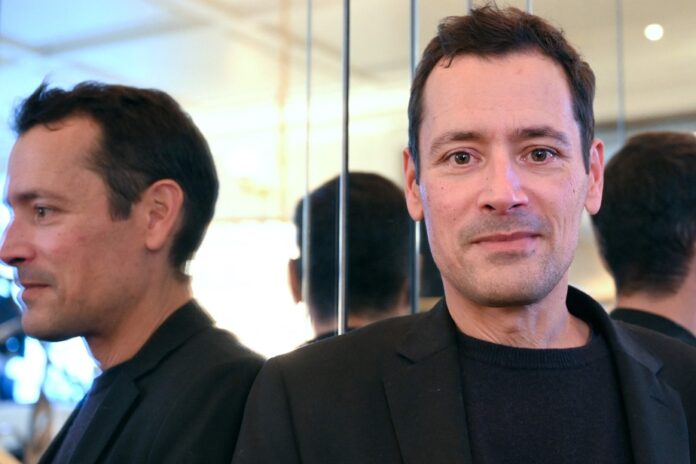This unexpected Goncourt, elected in the 14th round, perhaps surprised many who expected to see the novel by Éric Reinhardt or that of Gaspard Koenig win the prize. But when reading it, we do not fail to detect an undeniable charm. It’s the kind of novel with classic beauty and timeless style, which we will undoubtedly read with the same pleasure in 10 or 20 years. A writing whose poetic musicality is reminiscent of that of Éric Chacour in Ce que je sais de toi.
In 1986, in an Italian monastery, an old man prepares to take his last breath. We understand that he has been there for 40 years, to “watch over her”. Who is the one behind that pronoun? This is what he sets out to tell, over more than 500 pages, going back to 1916.
His father, who taught him how to cut stone, had just died. His mother had no choice but to send him to live with an uncle in Italy, from where the family had emigrated to look for work in France. But it turns out that this man is neither his real uncle nor a kind man, and he will make him work like a slave. Young Mimo nevertheless possesses a rare talent. The kind of talent that could make him a genius sculptor, as his mother had predicted before he was even born.
In this small village in Piedmont where he lands, the large Orsini family reigns; There he meets Viola Orsini, daughter of the marquis who is both rebellious and highly intelligent, who leads him into his wildest projects. While Viola can only aspire to serve as a wife, in a strategic marriage that will allow her family to expand its power, Mimo is sold to a sculptor from Florence and is forced to move away. For decades, he will leave and return to the small Italian town of Pietra d’Alba where the woman who has declared herself his “cosmic twin” since their first meeting will wait for him.
Throughout these years, we follow their “frayed friendship, many times patched together”, as Mimo frees herself from her masters and becomes the artist whose works everyone snatches away, an instrument in the hands of a rich family at a time when art was used to establish its influence. “It was a time when train stations were beautiful. This was even more so as a few streets away, the sea began. Four years earlier, the Mediterranean was for me an expanse of blue water. Thanks to Viola, it was now covered with dotted roads, gave life, took life, brooded tornadoes and earthquakes, earthquakes of which Viola could recite the twelve degrees on the famous Mercalli scale,” writes Jean-Baptiste Andrea.
Between Rome, Florence and Piedmont, we discover a country in full political and economic transformation, marked by the rise of fascism, the violence of the Black Shirts, the incestuous relations between power and the clergy and the frantic construction of buildings and roads under the orders from a Mussolini eager to restore Italy to its greatness. A grandiose backdrop that weaves a magnificent novel, about impossible love, the fragility of art and second chances.















